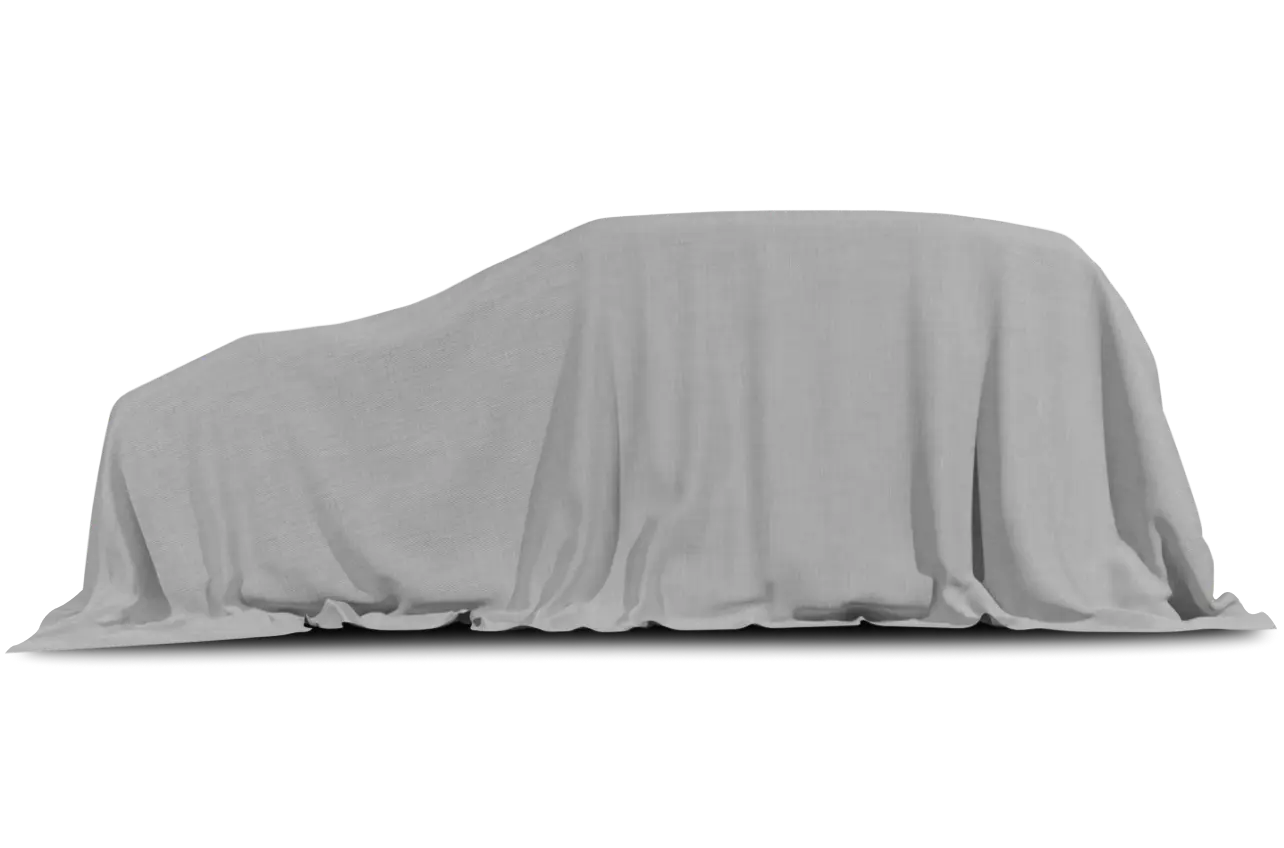
There’s a renewed emphasis on hybrid technology as manufacturers seek ways to develop cars that sip gasoline. On a recent trip to Detroit, I spent a couple of days behind the wheel of a 2009 Toyota Camry Hybrid, and the experience was enlightening.
While the Camry Hybrid is not new, it has been quite some time since I drove one.
Unless you focus on the fact that the car is a hybrid, you notice very little difference between it and the non-hybrid model. Acceleration may be a tad slower, and the car often shuts off the engine when the vehicle is stopped, but it felt like any other car when cruising on the freeways.
Until, that is, I paid close attention to the fuel-economy readout in the center of the speedometer. It consistently hovered around 35 miles per gallon when I was driving with the flow of traffic. When I consciously watched my right foot, the readout soared up to 40 mpg for brief periods.
The beauty of a car such as the Camry Hybrid is that you get gas mileage in the mid-30s whether you drive in the city or on the highway, yet in terms of drivability, there is very little penalty for this thriftiness.
The combination of Toyota’s 2.4-liter gasoline engine and a 105-kilowatt electric motor yields an effective 187 horsepower. That’s enough for zipping away from stoplights without holding up rush-hour traffic. In a perfect world, a hybrid would be so seamless that you never know that it is any different from a gasoline engine. The Camry Hybrid is close.
For 2010, the Camry Hybrid received some minor styling changes, mostly in the area of the grille and front fascia, plus cloth seats made from a material composed of silk protein and synthetic fiber. The meter cluster has been redesigned too.
For all intents and purposes, the 2009 and 2010 operate the same.
The Camry has always been extremely quiet, and the hybrid is as well. Wind and road noise have been subdued to a level that is on par with more expensive luxury cars. Lack of noise has grown to be synonymous with quality, and Toyota was one of the leaders in this area.
The test car had heated leather seats, 18-inch wheels, JBL audio, XM satellite radio, navigation and steering wheel controls for cruise and audio and navigation.
The center section of the instrument panel was covered with clear plastic and brushed aluminum, making the controls look almost like high-end stereo gear. A dual cup holder is built into the center console along with a nice storage bin. The center armrest has storage under it as well.
Regenerative braking is used to transfer brake energy into electricity that charges the batteries. On occasion, the brakes seemed overly sensitive because of that.
The continuously variable automatic transmission also has a gear for maximum engine braking, and that would be useful for the kind of long downhill grades that one might find in the mountains.
Front, side and side-curtain airbags are standard, along with an airbag for the driver’s knees. Traction control, anti-lock brakes and stability control are also included.
The Camry is one of few midsize hybrid entries, and it now faces stiff competition from Ford’s Fusion Hybrid.
Price
The test car had a base price of $26,150. Options included heated leather seats, 18-inch wheels, JBL audio system, security alarm and XM satellite radio. The sticker price was $30,797.
Warranty
Three years or 36,000 miles with a five-year, 100,000-mile powertrain warranty and an eight-year, 100,000-mile warranty on hybrid components.
2009 Toyota Camry Hybrid
Engine: 2.4-liter, 4-cyl. and electric motor
Transmission: Automatic
Front-wheel drive
Wheelbase: 109.3 inches
Curb weight: 3,680 lbs.
Base price: $26,150
As driven: $30,797
MPG rating: 33 city, 34 hwy.
To reach Tom Strongman, send e-mail to tom@tomstrongman.com.














.png)



